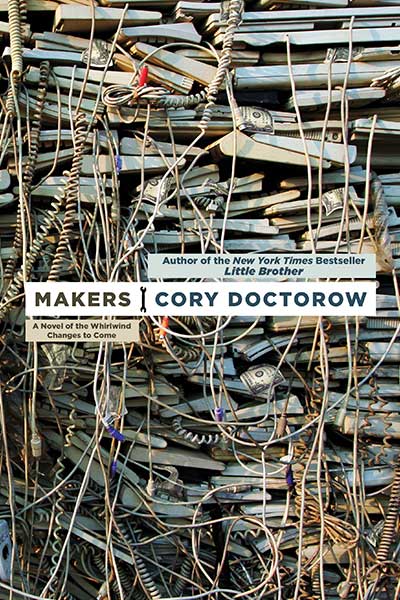A conceit in my novel Down and Out in the Magic Kingdom is that our cellphones will disappear into our bodies, silently feeding us audio via cochlear implants and micing our throats to pick up sub-vocalizations (something I think I ripped off from Harry Harrison, though others have done it too). Now a DARPA program has produced a functional prototype of a subvocal pickup that can turn words you haven’t spoken into signals on the wire.
One system, being developed for DARPA by Rick Brown of Worcester Polytechnic Institute in Massachusetts, relies on a sensor worn around the neck called a tuned electromagnetic resonator collar (TERC). Using sensing techniques developed for magnetic resonance imaging, the collar detects changes in capacitance caused by movement of the vocal cords, and is designed to allow speech to be heard above loud background noise.
DARPA is also pursuing an approach first developed at NASA’s Ames lab, which involves placing electrodes called electromyographic sensors on the neck, to detect changes in impedance during speech. A neural network processes the data and identifies the pattern of words. The sensor can even detect subvocal or silent speech. The speech pattern is sent to a computerised voice generator that recreates the speaker’s words.
(Thanks, John!)




























